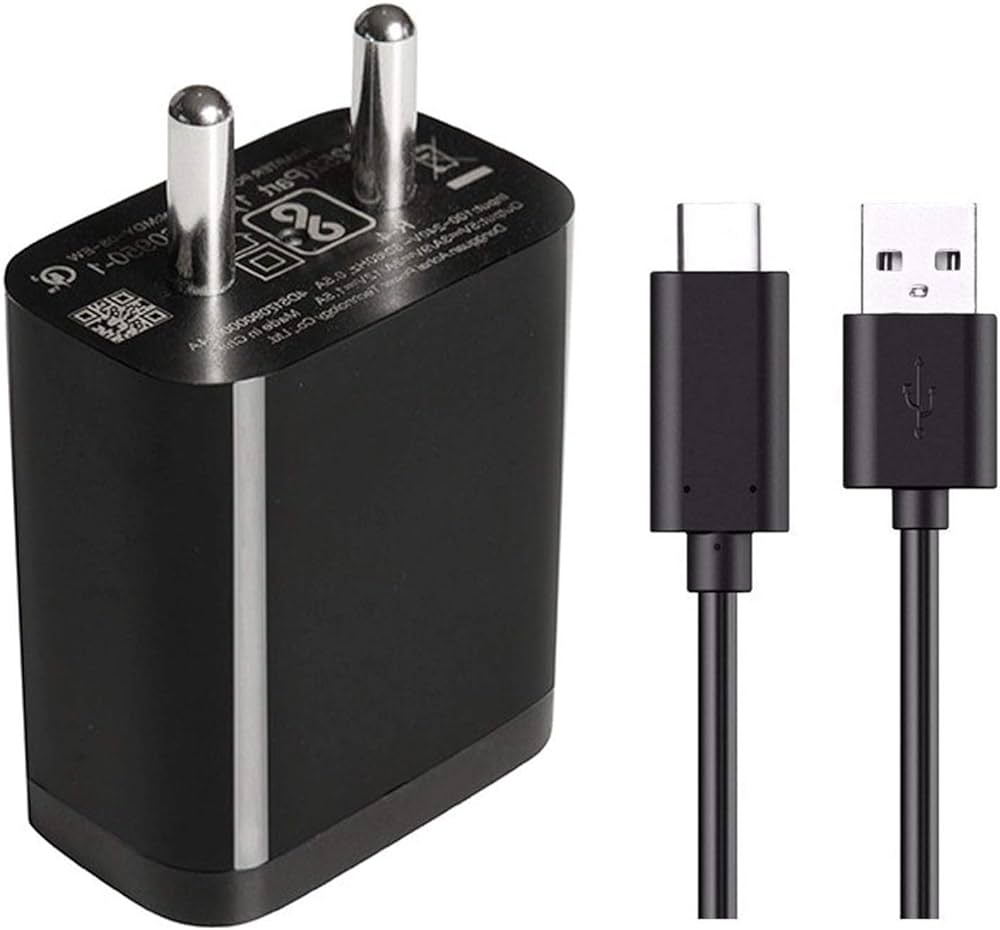How is the Charger work 🤔🤔
A charger is a device designed to replenish the energy in rechargeable batteries. The process of converting alternating current (AC) to direct current (DC) involves several steps, each essential for efficient charging.
Input Stage:
- Chargers typically start with an input stage that accepts AC power from an electrical outlet. The standard household power is AC, which alternates direction periodically. The input stage involves components such as transformers to adjust the voltage level and ensure compatibility with the charging process.
- Chargers typically start with an input stage that accepts AC power from an electrical outlet. The standard household power is AC, which alternates direction periodically. The input stage involves components such as transformers to adjust the voltage level and ensure compatibility with the charging process.
Rectification:
- The next step is rectification, where the alternating current is converted into direct current. This is achieved using diodes that allow the flow of current in only one direction. The result is a pulsating DC waveform, referred to as half-wave rectification.
Filtering:
- To smoothen the pulsating DC, chargers employ filtering components like capacitors. These components store electrical energy during peaks and release it during drops in voltage, creating a more stable and continuous current.
Transformer and Voltage Regulation:
- Some chargers utilize transformers to adjust the voltage levels further. This is crucial because different devices and battery types require specific voltage levels for optimal charging. Voltage regulation ensures that the output remains within safe and effective limits.
Conversion to Desired Voltage:
- Depending on the device being charged, the voltage may need further adjustment. Chargers often have circuits to convert the voltage to the specific level required by the battery. This is particularly important for devices with lithium-ion batteries, which often have precise voltage requirements.
Control and Monitoring Circuitry:
- Modern chargers incorporate sophisticated control and monitoring circuitry. These components ensure that the charging process is efficient and safe. They may monitor parameters such as temperature, current, and voltage, adjusting the charging rate accordingly to prevent overcharging or overheating.
Switching Power Supply (Optional):
- In some cases, chargers use switching power supply technology. This involves rapidly switching the current on and off, allowing for higher efficiency and smaller, lighter chargers. Switching power supplies are commonly found in high-frequency chargers for electronic devices.
Battery Charging Algorithm:
- The charger may employ a specific charging algorithm tailored to the battery type. For instance, lithium-ion batteries have different charging characteristics compared to nickel-metal hydride batteries. The algorithm regulates the charging process, including stages like bulk charging, absorption charging, and float charging.
Safety Features:
- To ensure user safety and prevent damage to the battery or the device being charged, chargers often include safety features such as short-circuit protection, overcurrent protection, and overvoltage protection. These features mitigate risks associated with unexpected events during the charging process.
Indicator Lights:
- Many chargers include indicator lights to communicate the charging status to users. These lights may change color or blink to signify when the battery is charging, fully charged, or if there's an issue with the charging process.
In summary, the process of converting AC to DC in a charger involves rectification, filtering, voltage regulation, and specialized circuitry to optimize the charging process. Modern chargers go beyond simple power conversion, incorporating safety features and intelligent algorithms to enhance efficiency and protect both the battery and the charging device




Comments